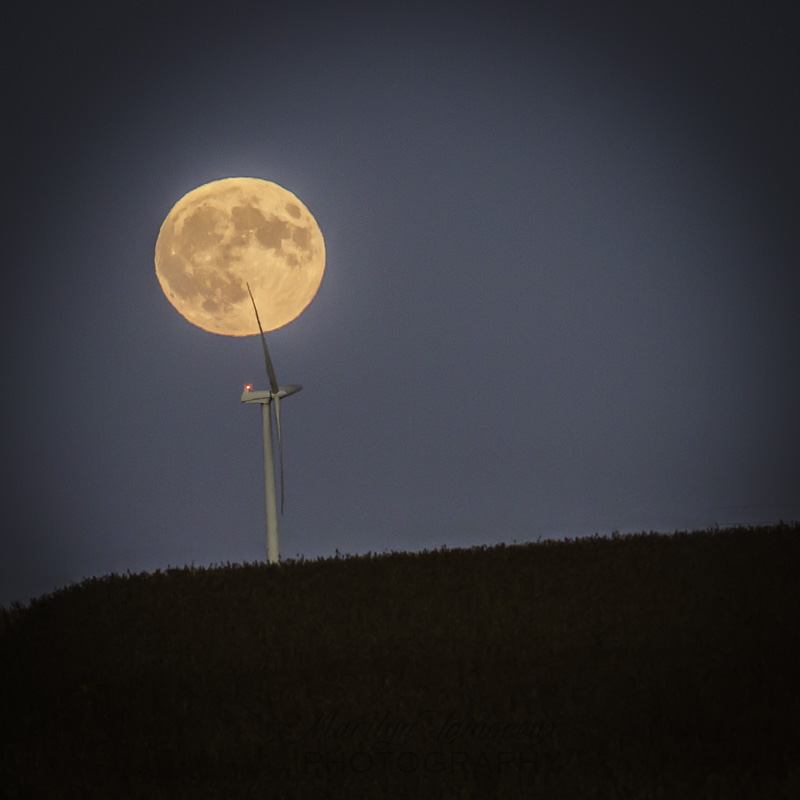 Last Sunday night we viewed and photographed the super moon and full eclipse of the moon from a northern Iowa farm field. Surrounded by huge wind turbines, a cornfield on one side, soybean field on the other side it was a perfectly wonderful evening.
Last Sunday night we viewed and photographed the super moon and full eclipse of the moon from a northern Iowa farm field. Surrounded by huge wind turbines, a cornfield on one side, soybean field on the other side it was a perfectly wonderful evening.
What I Learned Photographing Super Moon and Eclipse
I learned so much making photographs of the moon-rise and eclipse.
Here is a short list of what I learned about photographing the moon:
- Leave extra travel time to arrive early at your destination for time-sensitive events like moon-rise. (We almost didn’t make it in time and the early minutes just before moon-rise were stressful and hectic because traffic was heavier than we expected leaving the Twin Cities.) I felt rushed during the entire moon-rise and felt that I didn’t have time to frame the shots as well as I might have.
- Moon-rise happens really, really fast! It would have been helpful to have done a trial run the night before so that I could get the camera placement where I wanted it. I struggled with the composition, which lens to use, etc. I made my first photograph of moon-rise at 6:55:39 pm with my Canon 24-105 mm lens (see photo below). The photo at the beginning of this post was made at 7:01:58 pm with Tamron 150-600 mm lens. Look at how high the moon rose in the sky in a little more than 6 minutes!
- It is helpful to have an all-around lens (24-105 mm) and a larger zoom lens. For early shots where the moon was close to the horizon, I wanted to include the wind turbines in the shots, so I used my Canon EF 24-105 mm lens. As the moon rose, I switched to my Tamron 70-200 mm lens and finally to the big lens I rented for the occasion, a Tamron 150-600 mm lens. I really didn’t need to use my 70-200 mm lens as once greater magnification than 105 mm was needed, the 150-600 mm lens was a better choice.
- The moon doesn’t just rise and climb through the sky at a single horizontal location, it’s path through the sky is an arc so while it’s rising it is also moving horizontally. I hadn’t realized how quickly that movement occurs. Again, a trial run would have helped me pre-visualize how I wanted to frame my shots during the crucial first few minutes after moon-rise.
- A camera that lets you set the ISO high without excessive noise is a requirement for sharp moon shots during the dark part of the eclipse. My Canon 5D Mark III was great, even at an ISO of 3200. My old Canon Rebel T2I was terribly noisy at an ISO of 3200.
- Because the moon moves so quickly you need a fairly fast shutter speed. I tried to have it set to at least 1/125th of a second. I found f/9.0 gave me the sharpness I wanted and I adjusted ISO from 200 when I first started shooting up to 3200 during the eclipse. I used the camera in AV mode, letting the camera choose the exposure time with the focus point on the moon, and manually focusing. If I found the shot was too bright to give me the detail I wanted on the moon I adjusted the exposure downward up to a full stop to get the moon detail I wanted.
Reminder to take time to spend in nature
Even if I had not made any photographs of the Super Moon and eclipse, I would have wanted to spend the time out in that farm field with the low frequency hum of the wind turbines, the endless horizon in front of me, the soft cool clean breeze, and the amazing sky above me.
I cannot remember the last time I sat outdoors with wide-open country all around me, watching sunset, moon-rise, and the appearance of the stars above us.
It was astonishingly beautiful and peaceful!
A farmer was out combining corn in a field near us until well after dark. He drove past us with the combine on his way home. I couldn’t help wondering if he thought we were totally crazy (my dad who was a farmer would have thought we were crazy) or if he too was enjoying the peace and beauty that surrounded him while he worked.
Life is short and there is beauty all around. Take some time out today to savor it.
May you walk in beauty (in sunlight and in moonlight).
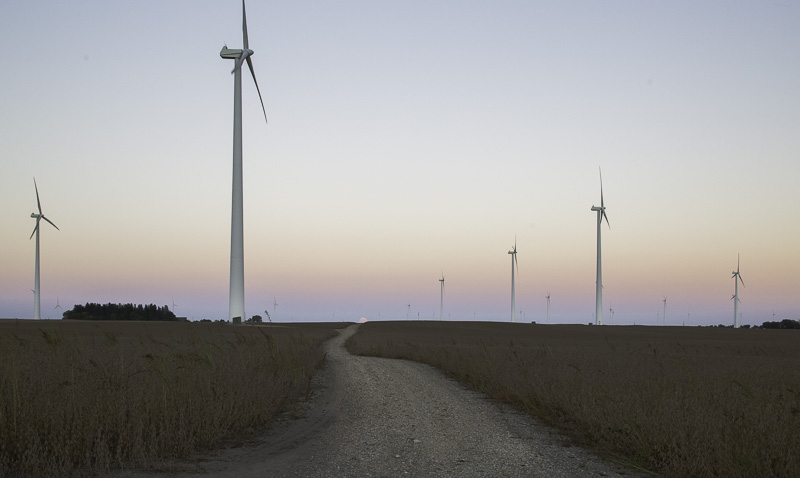
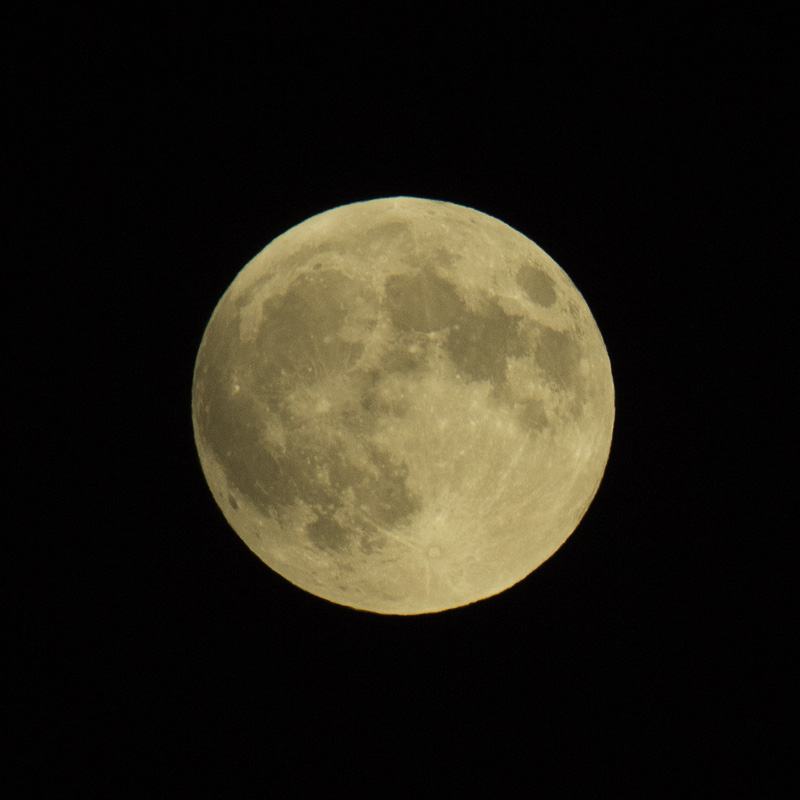
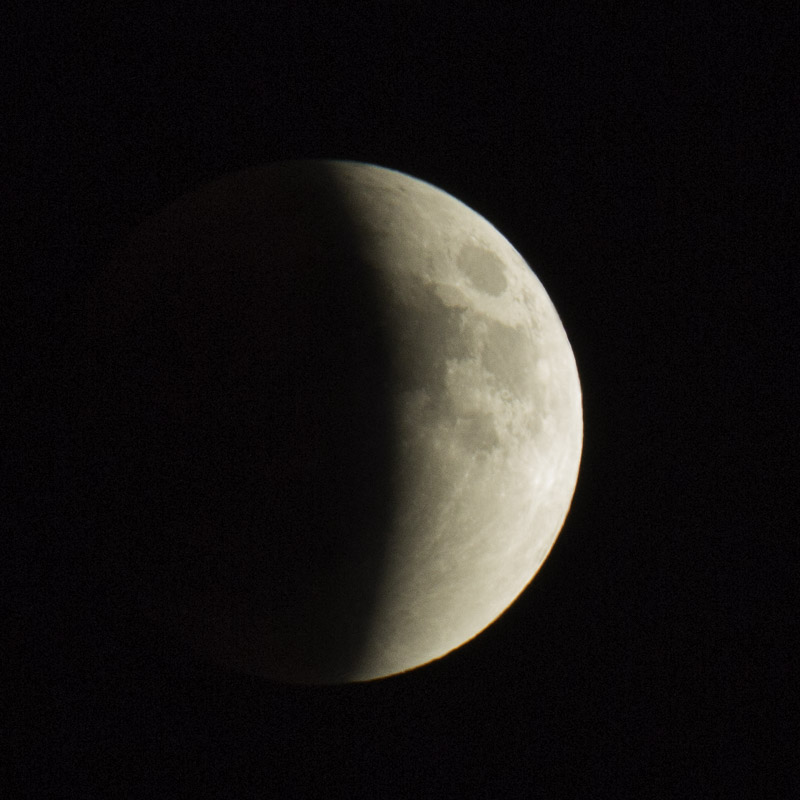

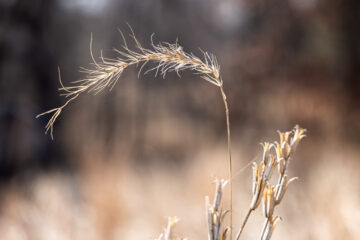
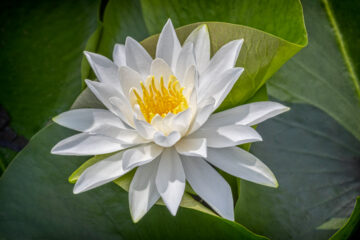

0 Comments